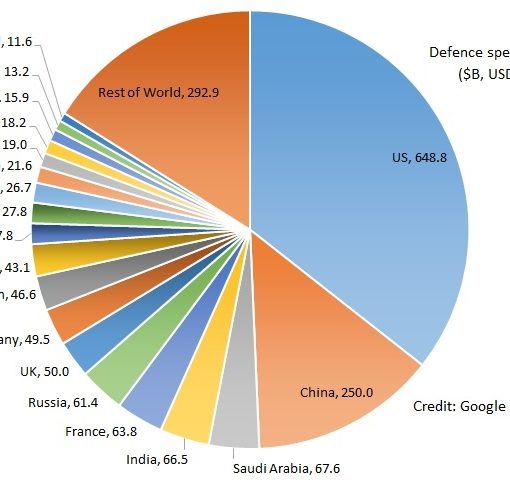The latest revelation in the F-35 saga came last week when Lee Berthiaume reported that the military would be unable to refuel the new fighter while in flight using existing equipment. More stunning yet was the finding in the KPMG report that the government and the military intend to “rely on the United States, other allies and private companies for air-to-air refuelling.” (See: “Military to outsource air-to-air refuelling,” PostMedia News, 21 December 2012) It is a serious embarrassment to Defence Minister Peter MacKay that the F-35 will not be compatible with RCAF equipments, as he has asserted the opposite many time. However, beyond issues of the minister’s credibility, the downstream implications of relying on others for logistical support raises major questions about how the Canadian Forces will operate in the future and how independent they will be without their own operational sustainment.
The most problematic part of this issue is how the Leslie Report on Transformation views logistical ‘tail’ as a menace to the operational ‘tooth’ of the CF. The tactical focus of the Leslie Report guards operating forces as sacrosanct while faulting administrative and support functions as growing expenses that threaten the viability of the entire organization. This move to outsource air-to-air refuelling, along with others contained in earlier reductions, makes it clear that the government has decided to use the Leslie methodology to cut costs while hypothetically protecting tactical units. The problem is that the nature of air and maritime operations makes operational sustainment central to how the effects of air and sea power are employed. Land power is principally an issue of position and firepower, while air and sea power are based on mobility and firepower. Without logistical sustainment, naval and air forces become transient leaving enormous gaps in the surveillance, enforcement and defensive networks of the country. In an expeditionary sense, the air force and the navy will be reduced to appendages of whatever ally will be able and willing to provide the sustainment needed to stay on station.
The lessons of the World War-Cold War era were that logistics are key enablers for tactical forces. This also came through clearly in the unpredictable and globally volatile post-Cold War era. By reducing the distance flown or sailed to a sustaining base the power of the tactical force is actually multiplied by being able to remain on station longer. This is most effectively accomplished with an operational sustainment capability: fleet logistics ships and air-to-air tankers. Without it, the numbers of ships or aircraft required to fill a defensive position or to hold a patrol station multiplies significantly. The number of extra units goes up in proportion to the distance to the nearest sustaining base. Expenditure on logistical sustainment ships or aircraft is invariably cheaper than purchasing extra combat units to make up the shortfall. Logistics is, therefore, a measure for both effectiveness and efficiency.
The F-35 is a very advanced aircraft but its limitation is principally logistical in nature, with weapons, fuel and sensors all stored internally to reduce its radar signature. The aircraft will only carry two weapons in each of its internal weapons bays. This limitation is so severe that six external under-wing pylons will be fitted in order to increase both the firepower and range of the aircraft, at the cost of the all-important stealth needed for survivability. The conundrum this raises is a profound one: carry the extra fuel and weapons to compensate for uncertain logistical sustainment at the expense of vital stealth, or purchase far more aircraft to make up the shortfall when stealth is needed resulting in restricted weapon and fuel capacities.
The navy will be well advised to examine this problem closely. If the government intends to adopt the same approach with respect to naval operational logistics and cut the two replacement fleet logistics ships, the RCN will be reduced to a regional home waters power. Anyone who understands the lack of reach on naval identity will know that, up until the arrival of HMCS Provider, the RCN was a small and insignificant player in world naval affairs, the size of the wartime RCN not withstanding. The fleet of that era was made up predominantly of small and low endurance ships that struggled to perform in the face of logistical challenges. Low fuel capacity is still a problem with the current fleet and there is no indication that the future surface combatants will be improved in this regard. If the Leslie report and the latest announcement on air force operational logistics are any indication, the future for the navy will be very limited.



